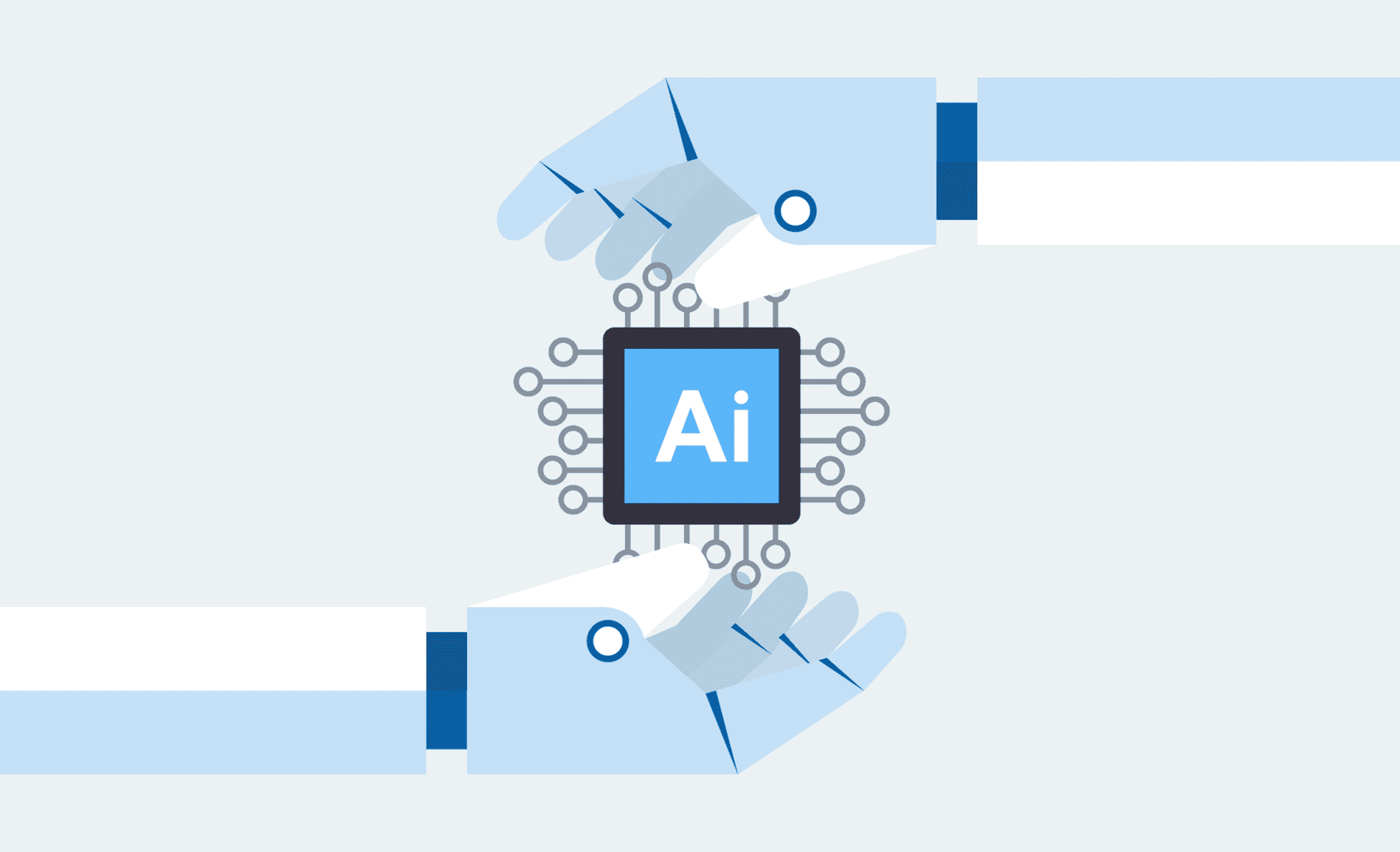In the dynamic world of business operations, there’s always a buzz around how organizations should allocate their resources. One of the pressing debates centers on the allocation of financial resources towards either fixed assets, like property and equipment, or towards operating expenses (OpEx) that sustain day-to-day operations. Central to this debate are the concepts of Capital Expenditures (CapEx) and Operational Expenditures (OpEx).
In this blog, you will find:
💰 Defining CapEx and OpEx: Delving into Business Assets and Expenditures
👍 Jaime McMahon's Expert Insight into the CapEx vs. OpEx Conundrum
🏋️ Comparative Analysis: Unpacking the Advantages and Considerations of CapEx and OpEx
While CapEx often involves investments in physical assets that will show up on a company's balance sheet—from property, plants, and equipment (PP&E) to real estate—OpEx, on the other hand, pertains to those expenses necessary for the day-to-day functioning of a business and is reflected in the income statement. These might include wages, utilities, and rent, to name just a few.
But the decision isn’t just a matter of looking at the bottom line. The impact extends to aspects like cash flow, cash flow statements, and how the existing assets are managed. It’s essential to have a clear understanding of what CapEx and OpEx are, and which one aligns more with an organization's strategic goals.
Need Help with CapEx vs. OpEx?
Unsure where to invest in your tech stack?
As a dedicated Microsoft partner, ProServeIT can guide you. Is this you? Let’s connect!
For those asking, "What is CapEx?", it is the investment businesses make in long-term assets, both tangible like real estate and equipment PP&E, and intangible assets such as patents or copyrights. This expenditure influences the balance sheet and is not immediately reflected in the income statements. Conversely, OpEx represents the continuous costs of running a product, business, or system.
With these definitions laid out, we'll delve deeper into how businesses, irrespective of their domain, grapple with the decision of leaning towards CapEx or OpEx and the nuances of each choice.
Defining CapEx and OpEx: Delving into Business Assets and Expenditures
In the realm of business operations, understanding where to allocate funds can shape an organization's financial future. The two primary avenues for this financial commitment are CapEx (Capital Expenditures) and OpEx (Operational Expenditures). Let’s unpack these terms further:
CapEX (Capital Expenditures):
📖 Definition: CapEx is the money an organization spends to either buy or enhance its fixed assets. These assets are long-term investments that will be used over multiple fiscal periods.
🏗️ Nature of Assets: This includes physical assets like real estate, machinery, or other equipment. These investments usually appear under "property, plant, and equipment" (PP&E) on a company’s balance sheet.
💰 Impact on Financial Statements: These are considered long-term assets. When a company invests in CapEx, it doesn't immediately expense the costs. Instead, the asset's value is depreciated over its useful life, influencing both the balance sheet and the income statements gradually.
🏢 Examples: Purchasing a new building, upgrading machinery, or investing in technology infrastructure.
OpEx (Operational Expenditures):
📖 Definition: OpEx refers to the ongoing costs associated with running a business or a particular system within it. These are the expenses that a company incurs as part of its daily operations.💫 Nature of Assets: Unlike CapEx, which focuses on physical assets, OpEx deals more with intangible aspects. However, they are vital for ensuring the business runs smoothly. These expenses are shorter-term and recur regularly.
💰 Impact on Financial Statements: All OpEx costs are fully expensed in the period they're incurred, directly affecting a company's bottom line and appearing on the income statements. This expenditure impacts the company's operating expenses (OpEx) on financial documentation.
👩💻 Examples: Employee wages, rent, monthly subscriptions for software, utility bills, and other routine business expenses.
While both CapEx and OpEx are crucial for a business's survival and growth, the choice of where to lean more heavily often stems from the organization's strategic goals, the nature of its operations, and its financial health. These decisions can have significant ramifications on cash flow and overall business strategy, making it imperative to comprehend their intricacies.
Jaime McMahon's Expert Insight into the CapEx vs. OpEx in Tech
As the debate between CapEx and OpEx continues to shape the landscape of business operations and financial decision-making, experts like Jaime McMahon, seasoned in the realm of sales, marketing, and technology, weigh in with their invaluable perspectives.
Introduction to Jaime McMahon: With a stellar track record as the CTO for ProServeIT, Jaime McMahon has witnessed the constant fluctuations of the industry and understanding the key elements that influence organizational decisions between CapEx and OpEx, Jaime McMahon brings valuable insights to the table. He recently illuminated this subject during a lecture at the University of Toronto's Continuing Education course on Cloud Computing.
Q&A Highlights:
Q: Jaime, in your extensive experience, which do you believe offers more tangible benefits to businesses when integrating new technology: CapEx or OpEx?
JM: It's not a one-size-fits-all answer. The industry in which the company operates plays a pivotal role. Some sectors will find CapEx aligning better with their business operations, whereas others might lean more towards an OpEx-centric approach due to its flexibility and impact on cash flow.
Q: Could you illustrate with an example?
JM: Certainly. Let's take public sector organizations, such as municipalities, healthcare, or government. These entities gravitate towards a CapEx model because of their budgetary structures. Turning OpEx into CapEx helps them align with their financial planning and long-term asset management. Conversely, industries like Professional Services - encompassing legal, finance, and HR, prefer OpEx. For them, it's about the agility to integrate new tech without committing massive upfront investments in fixed assets.
Q: OpEx seems to be a favorite when it comes to integrating novel technological solutions. How does it aid in mitigating common entry barriers?
JM: OpEx embodies flexibility. If an organization is fid about a new technology, the OpEx model allows them to trial it without significant financial outlays. It’s like dipping one's toes in before taking the plunge. If the technology aligns with the organization's goals, they can pursue it further. If not, they can pivot without significant repercussions, which is a boon for cash flow and agile decision-making.
Q: How does OpEx champion scalability, especially when juxtaposed with CapEx?
JM: With OpEx, scaling is inherently more agile. If a sizable organization considers a new technology, they need not dive in headfirst with immense investments. They can initiate with a subset of users, minimizing the initial costs. This methodology reduces risks, and if the technology aligns with the company's needs, scaling becomes seamless. On the flip side, if it’s not a fit, the organization can pivot without substantial financial strain.
Q: From our discussion, it seems you lean towards OpEx. Is that accurate?
JM: It's not black and white. While OpEx offers flexibility and can simplify the adoption of Cloud Computing and other tech solutions, CapEx has its merits. The choice truly hinges on the industry and the specific goals of an organization. Both models have their place in modern business operations.
Closing Thoughts: Through Jaime's lens, it's evident that the CapEx vs. OpEx debate isn't about one being superior to the other. It's about understanding the unique nuances of each business, its long-term strategies and making informed choices that augment growth and sustainability.
Comparative Tech Analysis: Unpacking the Tech Advantages and Considerations of CapEx and OpEx
In the tech landscape, both CapEx and OpEx hold significant weight when it comes to investments. Each approach has its unique benefits and limitations when applied to technology infrastructure and solutions. Let's delve deep into their implications on tech strategies, scalability, and business agility.
CapEx (Capital Expenditures) in Tech:
😀 Advantages:
- 1. Tech Asset Ownership: Through CapEx, organizations acquire and have full control over their tech infrastructure, from servers to software licenses. This means they can tailor and modify these assets as per their needs.
- 2. Long-term Tech Vision: Investments in tech infrastructure are typically in line with a company's forward-looking tech roadmap, ensuring consistency and long-term usability.
- 3. Tax Benefits: Just like other capital expenditures, tech investments can be depreciated over time, providing tax advantages.
- 4. Enhanced Tech Performance: By owning high-performance equipment, companies can ensure optimal operational efficiency and system performance.
🤔 Considerations:
- 1. High Initial Tech Costs: Massive upfront investments in technology can impact immediate funds, especially for start-ups or SMEs.
- 2. Rapid Tech Evolution: The tech world moves fast. There's always a risk that purchased tech solutions might become obsolete sooner than anticipated.
- 3. Scalability Concerns: Scaling up might require significant additional investments if initial tech assets are nearing their capacity.
OpEx (Operational Expenditures) in Tech:
😀 Advantages:
- 1. Tech Scalability: With subscription-based services or cloud solutions, businesses can easily scale their tech resources based on demand.
- 2. Quick Tech Integration: Implementing and testing new tech solutions becomes faster without being tied down to hefty long-term tech assets.
- 3. Stable Tech Expenses: Regular subscription fees ensure predictability in budgeting.
- 4. Always Up-to-date: With many OpEx solutions, especially SaaS, companies benefit from regular updates and stay current with the latest features.
🤔 Considerations:
- 1. Possible Higher Long-term Tech Costs: Continuous subscriptions might cost more over an extended period than a one-time purchase.
- 2. Lack of Direct Tech Control: Relying on third-party services means less direct control over the technology's ins and outs.
- 3. Vendor Lock-in: Committing to a particular service provider might limit flexibility if the business needs change.
In the realm of technology, whether to opt for CapEx or OpEx isn't a simple decision. It's about aligning tech strategies with business goals, industry demands, and the ever-evolving tech environment.
Download a Handy One-pager Comparison of CapEx and OpEx
We've put together a handy one-pager that compares the advantages and considerations of CapEx and OpEx. Grab your copy!
Conclusion: Crafting a Tech Blueprint for Success
Navigating the intersection of technology and finance, the choice between CapEx and OpEx is critical, especially in today's dynamic tech landscape. While CapEx offers tech ownership and alignment with long-term visions, OpEx promises flexibility and adaptability in a rapidly evolving market.
Companies must weigh these tech strategies against their business goals, scalability needs, and future projections. In making this pivotal decision, understanding the nuances of both financial avenues can position an organization at the forefront of tech innovation and operational efficiency.
With over 20 years of expertise, ProServeIT has empowered numerous organizations to harness the strengths of both CapEx and OpEx. We delve deep into understanding your business needs, helping you determine the best fit and maximizing the benefits of Cloud Computing. Let's embark on this financial journey together and craft a roadmap tailored to your success. Contact us today!




